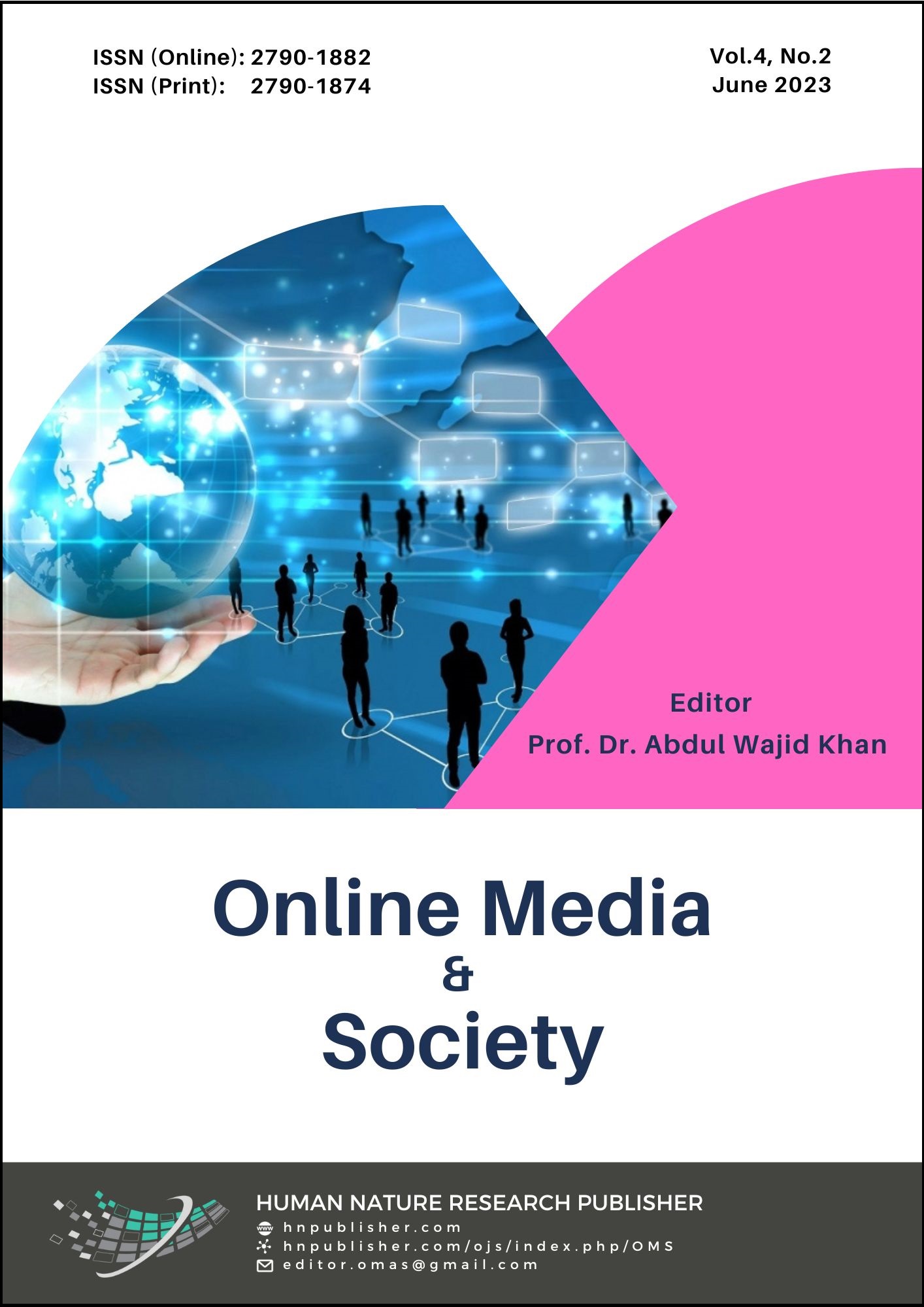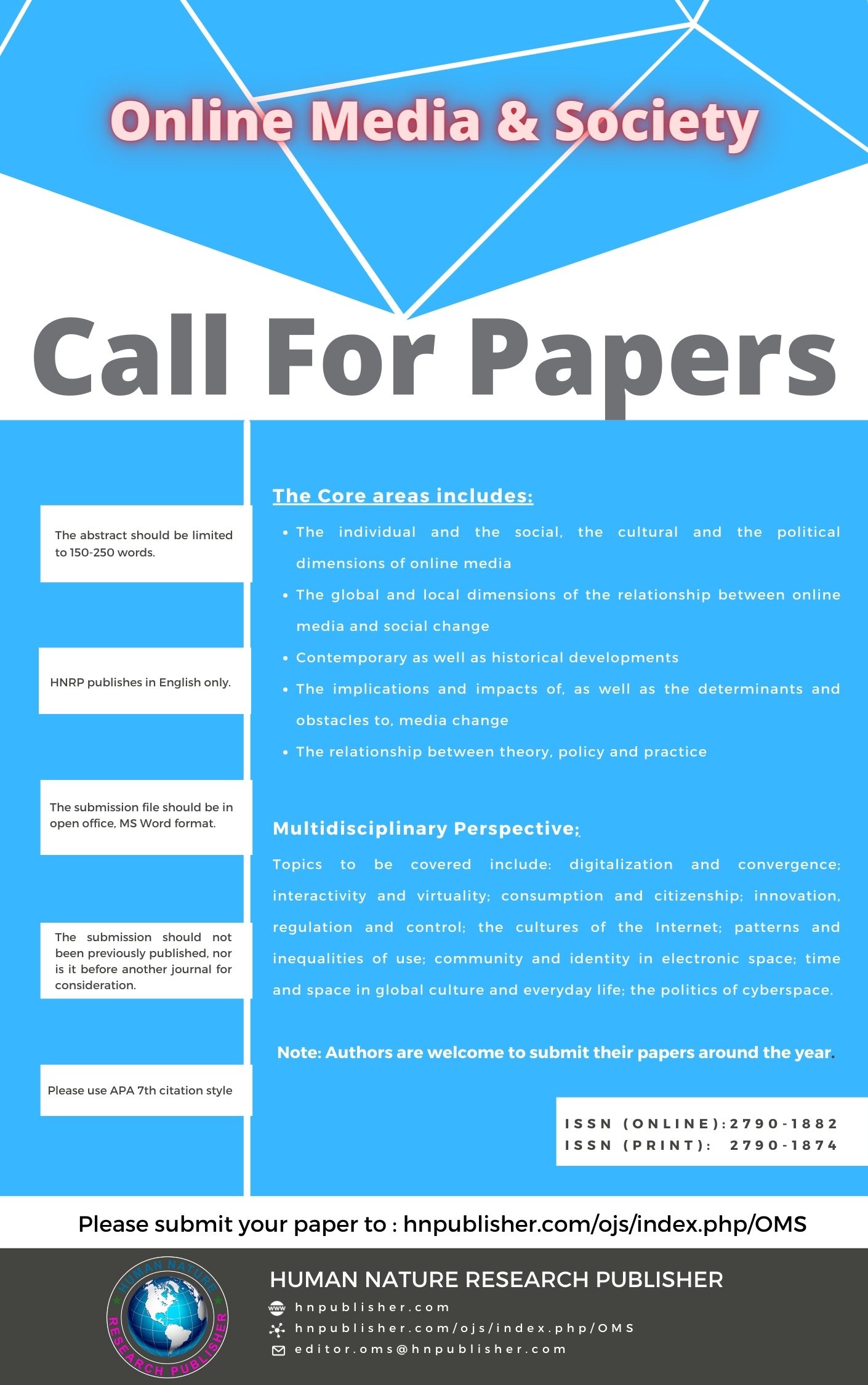Selfie-Posting and its Influence on Self-Esteem of University Students: Online Positive Feedback as a Mediating Mechanism
DOI:
https://doi.org/10.71016/oms/k728ee34Keywords:
Selfie-posting, Self-esteem, Online Positive Feedback, Social Networking Sites, YoungstersAbstract
Aim of the Study: This study aims to identify the relationship between selfie-posting on social networking sites and self-esteem under the umbrella of Hyperpersonal Model of Computer-Mediated Communication. Moreover, this study seeks to investigate the indirect effects of online positive feedback between the relationship of selfie-posting and self-esteem.
Methodology: Quantitative methodology vis-à-vis survey method was employed to carry out this research. Data were obtained from 214 respondents through an online administrated questionnaire.
Findings: Results through Structural Equation Modeling indicated a positive and direct relationship between selfie-posting and self-esteem. Moreover, online positive feedback was found to have significant mediating effects of selfie-posting behavior on self-esteem.
Conclusion: The study concludes that selfie-posting not only boosts self-esteem but also enhances positive self-image, self-acceptance and self-respect.
Downloads
Published
Issue
Section
License
Copyright (c) 2023 Asif Arshad, Dr. Muhammad Qamar Zaman Baber, Andleeb Ikhlaq, Madiha Hassan (Author)

This work is licensed under a Creative Commons Attribution-NonCommercial 4.0 International License.








